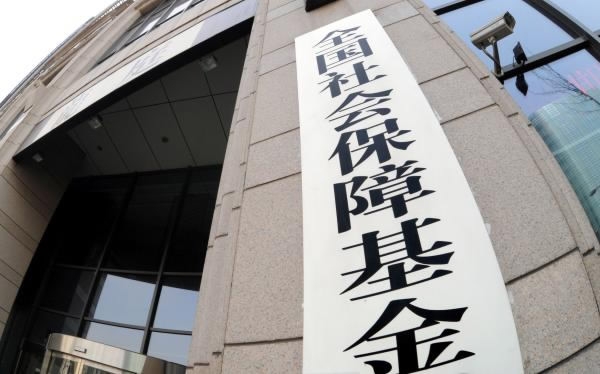
Business
21:33, 18-Nov-2017
China injects state assets in pension fund to boost shortfall
By Han Jie

China will transfer some state assets, including shares of state-owned enterprises (SOEs) and financial institutions, to the country's social security funds as an aging society puts pressure on pension payments, an official document showed Saturday.
The move comes as many provinces are already under pressure to meet pension repayments. Experts say the program will generate new income for the funds, while improving the asset quality of SOEs.
The assets will be transferred to the National Council for Social Security Fund (NCSSF) and wholly state-owned companies, according to a document released by the State Council. The transfer ratio will be 10 percent of the state-owned equity.

China's National Council for Social Security Fund (NCSSF). /CGTN Photo
China's National Council for Social Security Fund (NCSSF). /CGTN Photo
Under certain circumstances and upon approval, the NCSSF can set up a pension fund management company to independently operate the transferred assets.
The NCSSF and local SOEs that receive the equity can earn dividends from SOE shares and have the right to disposal, but will not be involved in the management decisions of the companies, the document said.
Pilot programs on the transfer will start in 2017, with shares of three to five centrally supervised SOEs and two central financial institutions to be transferred. A three-year lock-up period prevents the fund from selling the transferred shares to ensure market’s stability.
Starting in 2018, the program will be expanded to more centrally supervised companies, with assets to be transferred in groups.
The move will ensure the sustainable development of the country's basic pension insurance system, while also diversifying the capital structure of SOEs as part of an ongoing reform to improve SOE efficiency, the Ministry of Finance (MOF) said in an online statement.

China's financial social security card /CGTN Photo
China's financial social security card /CGTN Photo
Experts say the move will ensure the sustainability of the pension fund, while improving the efficiency of SOEs.
“The income will be able to make up some of the pension fund's expenses. In the short term, this program will still have some impact on stock markets, but in the long run, it will be able to raise the asset quality of SOEs,” said researcher at SASAC Research Center Hu Chi.
With more than 200 million people over the age of 60, China faces a severe challenge in meeting its pension obligations.
The MOF said the transfer program will ease some of the mounting pressure, and cut part of the burden of the working class without raising taxes or pension contribution rates.
Since the end of 2016, seven provincial-level regions have entrusted their pensions to the NCSSF in the hope of more diverse and higher returns.
(CGTN's Cyrus Ip also contributed to this story)
0km

SITEMAP
Copyright © 2018 CGTN. Beijing ICP prepared NO.16065310-3
Copyright © 2018 CGTN. Beijing ICP prepared NO.16065310-3